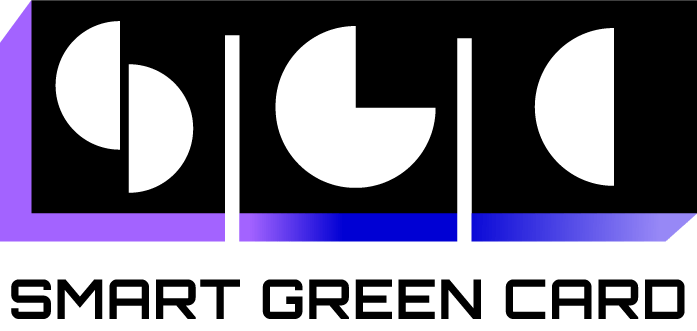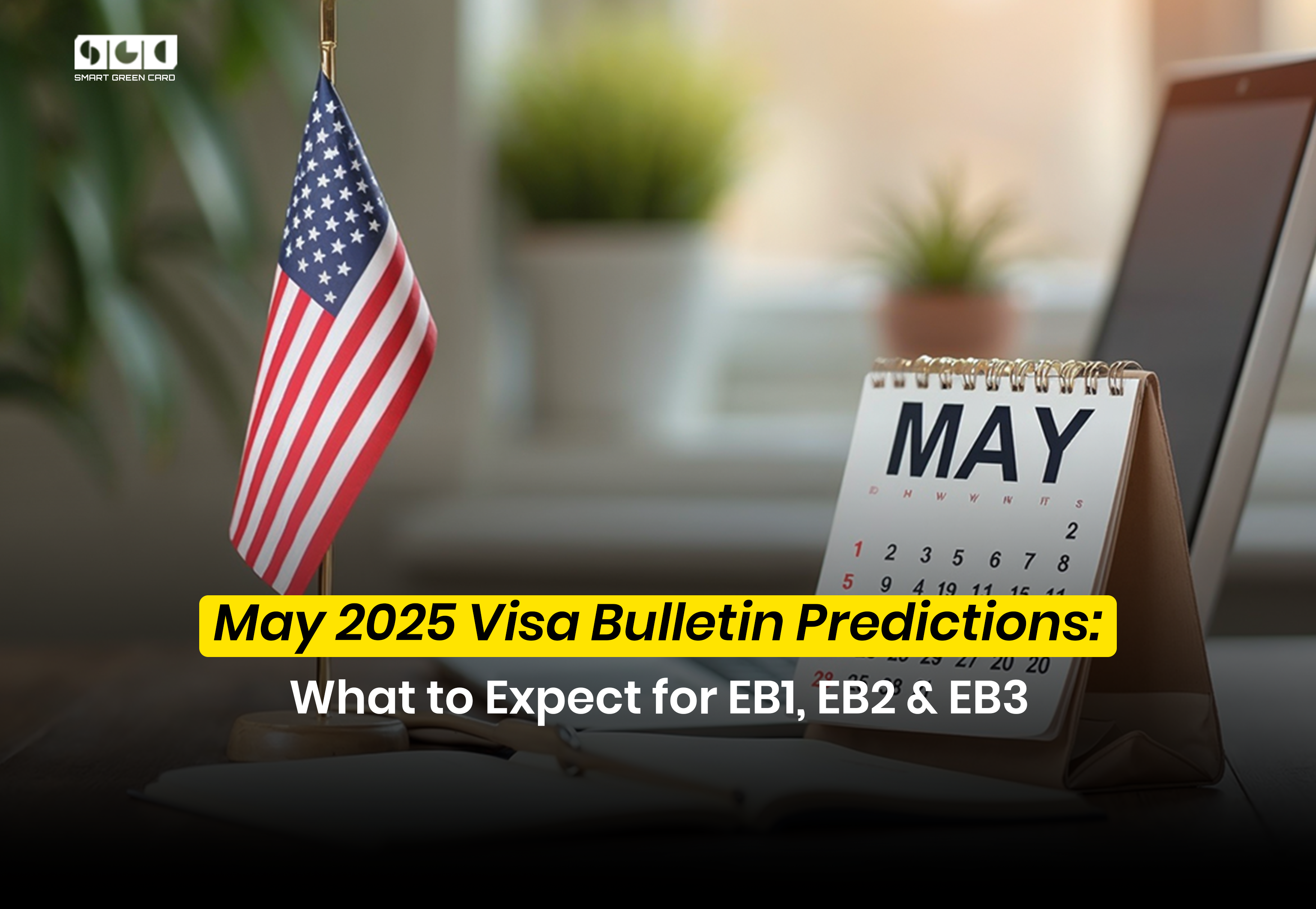EB-1A Green Card vs. Other U.S. Visas: Which is Right for You?
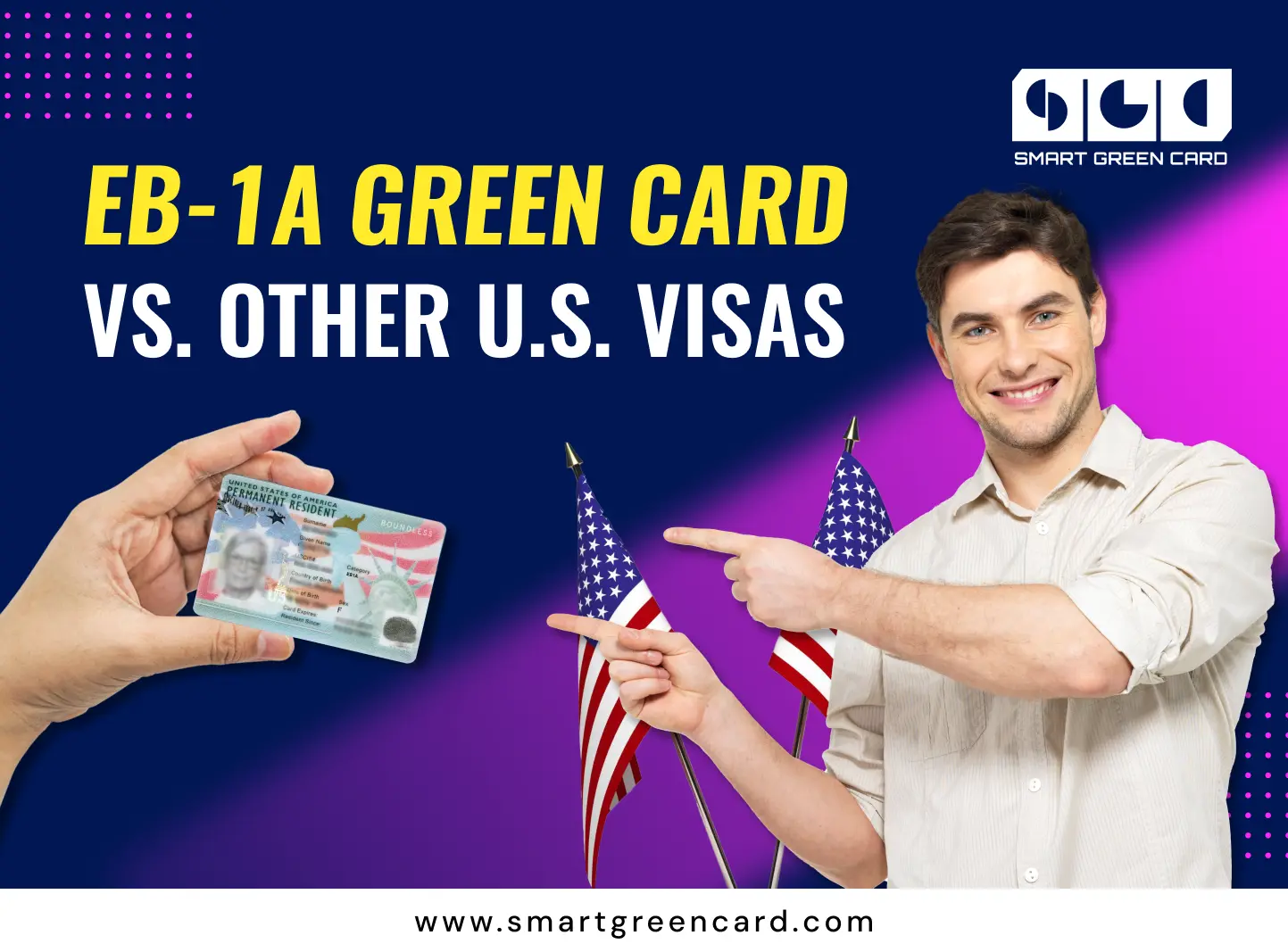
Table of Contents
If you’re one of the many individuals with dreams of building a life in the U.S., you’ll likely find yourself exploring the complex landscape of U.S. visas. The EB-1A green card, in particular, offers unprecedented opportunities unlike any other immigrant and non-immigrant visas.
But don’t worry, you’re not alone on this journey. Think of us as your very own Gandalf the Grey, here to help you navigate through the fascinating world of U.S. visas.
So, get ready to embark on this captivating journey with us as we uncover the reasons why the EB1A might just be your golden ticket to a brighter future.
Understanding the EB-1A Green Card
The EB-1A, also known as the Employment-Based First Preference Visa, is a U.S. immigrant visa category that is specifically tailored for individuals with extraordinary abilities or achievements in their respective fields.
EB1A is one of the most prestigious and sought-after immigrant visas due to its unique characteristics and the doors it can open for talented and accomplished individuals.
Let’s delve into the key features of the EB-1A green card:
- Extraordinary Abilities – To qualify for EB-1A, you must demonstrate extraordinary abilities in your field, be it in the sciences, arts, business, or another domain. Your achievements should be recognized on a national or international scale.
- No Job Offer Required– One of the standout features of the EB-1A is that it does not require a job offer or employer sponsorship. You have the freedom to work in your area of expertise without being tied to a specific employer.
- Speedy Processing – Compared to many other immigrant visas, the EB-1A green card is known for its faster processing times, allowing you to begin your American journey with minimal delays.
- Citizenship – Individuals who secure an EB-1A open the door to permanent residency and, in the long run, the opportunity to attain U.S. citizenship.
- Beneficial Contribution – The U.S. government seeks individuals who can significantly contribute to the nation. Your unique talents and accomplishments should promise to enrich the country.
Now that we’ve covered the basics of the EB-1A, let’s compare it to some common U.S. visas to see which one aligns best with your goals.
Comparing EB-1A Green Card with Other U.S. Visas
As we strive to discover the perfect U.S. visa that harmonizes seamlessly with your aspirations, the EB-1A emerges as a shining symbol of opportunity. Now, let’s embark on an exciting exploration where we’ll assess the EB-1A against some of the most frequently pursued U.S. visas.
1. H-1B Visa
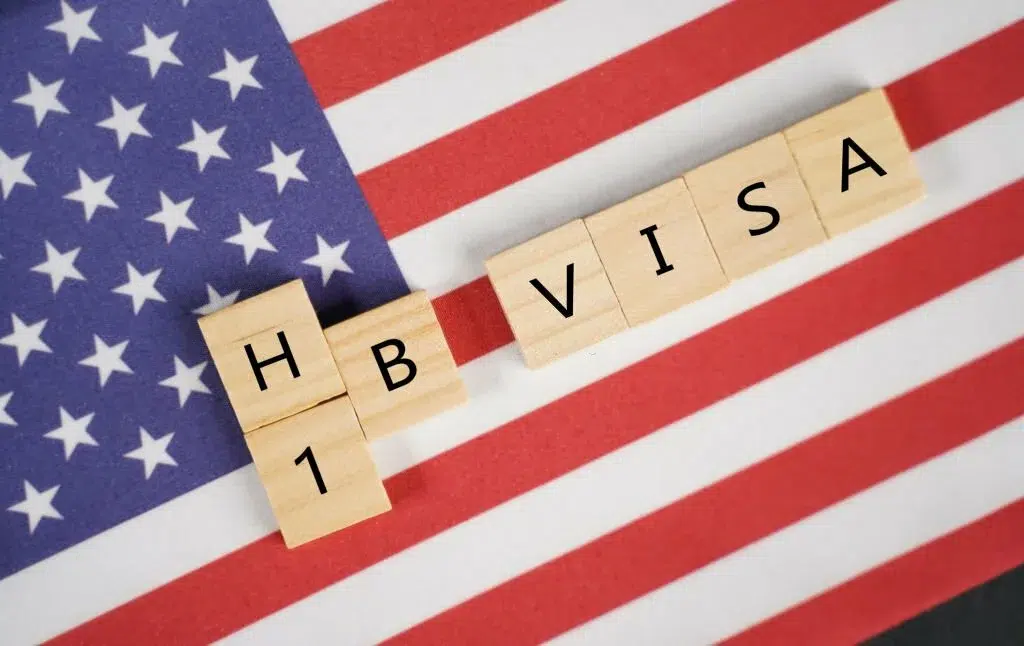
H-1B visa is a temporary work visa that provides access to highly qualified workers for specialized jobs in the United States. Here’s how it compares to the EB-1A green card:
- Job Offer Requirement: Unlike the EB-1A green card, the H-1B visa requires a job offer from a U.S. employer.
- Duration: The government typically issues H-1B visas for an initial period of three years, with the possibility of extension, while the EB-1A green card can lead to permanent residency.
- Priority Workers vs. Specialty Occupations: The EB-1A green card is part of the “priority workers” category and is designed for individuals with extraordinary abilities. H-1B, in contrast, is often used for specialty occupations that require specialized knowledge and skills.
2. O-1 Visa
The O-1 visa is a non-immigrant visa for individuals with extraordinary abilities. Here’s how it compares to the EB-1A:
- Sponsorship: The O-1A visa is a short-term visa that necessitates sponsorship from an employer. In contrast, the EB1A doesn’t mandate a job offer or representation by an agent.
- Duration: The O-1 visa only allows temporary stay (maximum duration of up to three years), whereas the EB-1A green card grants permanent residency.
3. EB-2 Green Card
The EB-2 visa is for individuals with advanced degrees or exceptional abilities. Here’s how it stacks up against the EB-1A green card:
- Eligibility: The primary difference is that the EB-1A is designed for individuals with extraordinary abilities, while the EB-2 typically requires advanced degrees or exceptional skills.
- Job Offer: The EB-2 visa requires a job offer and labor certification, but the EB-1A does not require both.
- Priority Date: The EB-1A green card often has a more favorable priority date, which means a shorter waiting time for green card availability.
4. L-1 Visa
The L-1 visa is for intracompany transferees. Here’s how it compares to the EB-1A:
- Purpose: The L-1 visa is designed for employees of multinational companies who are being transferred to a U.S. office or affiliate. The EB-1A visa is for individuals with extraordinary abilities in their respective fields.
- Process: L-1 is a two-step journey: first, you secure L-1 status, and then if you wish, you can apply for a green card. But EB1A is a direct route to a green card, no pit stops in temporary statuses.
- Employer Sponsorship: For the L-1, you need a company to sponsor you and assist with your transfer. While the EB-1A doesn’t need an employer’s endorsement; you can make the move independently.
- Job Offer: The L-1 visa requires a job offer from a U.S. company. The EB-1A does not require a specific job offer.
Choosing the Right Path for You
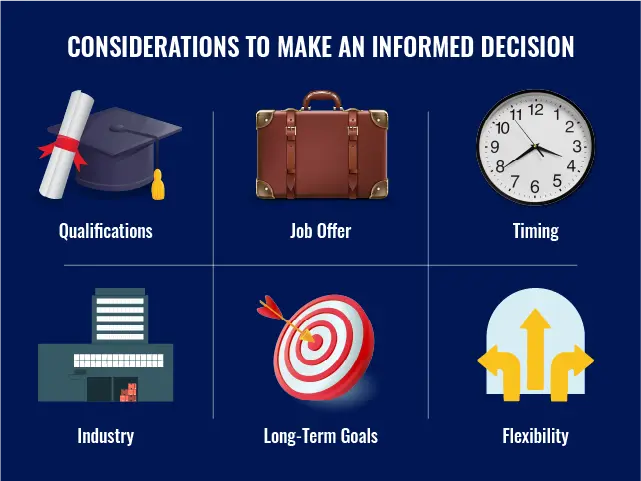
The right U.S. visa for you depends on your qualifications, career goals, and personal circumstances. Here are some considerations to help you make an informed decision:
- Your Qualifications: Assess your achievements, qualifications, and field of expertise. The EB-1A green card might be the most suitable option if you possess extraordinary abilities.
- Job Offer: Consider whether you have a specific job offer from a U.S. employer. Some visas, like the H-1B and L-1, require this, while the EB-1A green card does not.
- Timing: If you’re seeking a quick path to permanent residency, the EB-1A has the fastest processing time.
- Industry: Some visas are tailored to specific industries. For example, the O-1 visa is often used in the entertainment and arts sectors, while the EB-1A green card is more versatile.
- Long-Term Goals: Consider your long-term goals. If you aim to become a permanent U.S. resident and potentially a citizen, the EB-1A green card offers a clear path.
- Flexibility: Think about the level of flexibility you desire in your career. The EB-1A offers more freedom to work in your area of expertise without being tied to a specific employer.
Conclusion
The EB1A green card helps in eliminating the decades of wait especially if you are from India. The Smart Green Card program is the only comprehensive resource that’s been created based on real-world experience. We’re here to assist you in transforming your ordinary profile into an extraordinary one.
Even if you choose to implement just a fraction of the strategies and knowledge we impart, you’ll find yourself on the path to victory and success! With our support, the possibilities are limitless, and your journey to achieve a green card starts now.
Visit our website Smart Green Card for more information!
Share this :
- Admin
- September 4, 2023
- No Comments
Latest blog & Newsletters
May 2025 Visa Bulletin Predictions: What to Expect for EB1, EB2 & EB3
May 2025 Visa Bulletin Predictions: What to Expect for EB1, EB2 & EB3...
Smart Green Card: Expert Guidance for Your U.S. Visa & Green Card Journey
Smart Green Card: Expert Guidance for Your U.S. Visa & Green Card Journey...
H1B Lottery Results 2025: Everything You Need to Know
H1B Lottery Results 2025: Everything You Need to Know The H1B visa lottery...


